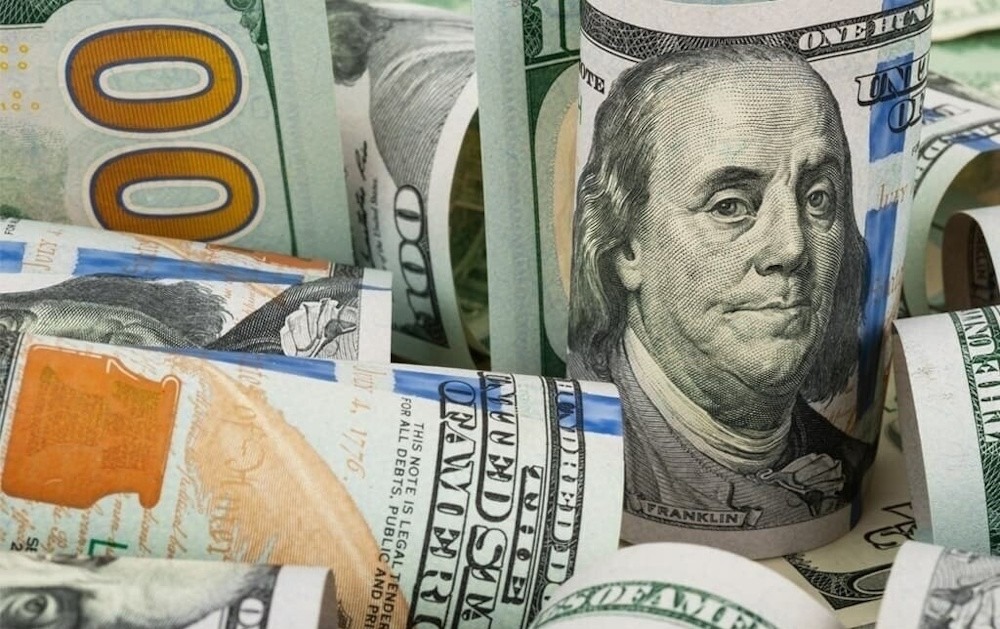
On Monday, the yen underperformed against a generally weaker dollar, as market participants monitored for indications of official intervention from Tokyo to halt the depreciation of the Japanese currency. The dollar was last up 0.27% against the Japanese currency at 156.8 yen, approaching its 10-month high reached last week. Japan’s currency has been declining due to a mix of relaxed fiscal policies and some of the lowest interest rates globally, leading traders to speculate on whether Japanese authorities will intervene to prevent further depreciation of their currency. However, the yen managed to gain some ground on Friday, bouncing from 10-month lows after Finance Minister Satsuki Katayama intensified verbal intervention warnings to curb the currency’s decline.
Market participants perceive a potential for intervention within the range of 158 to 162 yen per dollar, as the upcoming Thanksgiving holiday may create an opportunity for authorities to act amid reduced trading volumes. The yen is currently influenced by two opposing factors. “On the one hand, you have higher rates at the front end, with the BOJ continuing to hike, and on the other side of the equation is the long end of the curve, which has been moving higher on potential fiscal downside risks,” said Nick Rees. Increased long-term yields indicate trader concerns regarding potential risks to the Japanese economy, alongside the magnitude of government stimulus initiatives, which negatively impacts the yen.
Takuji Aida stated that Japan can actively intervene in the currency market to alleviate the adverse economic effects of a weak yen. Rees indicated that intervention could mitigate the dollar’s ascent against the yen, though it would not entirely halt the trend, as the fundamental factors driving this movement are expected to remain stable for the foreseeable future. In other developments, the euro increased by 0.2% to $1.1539, as the dollar faced pressure from remarks made by Fed policymaker John Williams. He indicated on Friday that interest rates may decrease in the near future, enhancing the likelihood of a cut in December. “Fundamentally, we don’t believe the Fed has reached the conclusion of their easing cycle. We believe additional cuts are on the horizon, but the key factor for us is the pace,” Rees added.
Sterling exhibited a slight decline, trading at $1.3088 in anticipation of Wednesday’s budget announcement. Finance minister Rachel Reeves is navigating the delicate equilibrium between investing to bolster sluggish growth and assuring investors that Britain is capable of achieving its fiscal objectives. The dollar index remained stable at 100.12. Markets were preparing for potential catalysts, including the upcoming release of U.S. retail sales and producer prices data later this week. The Australian dollar stood at $0.6457, as market participants anticipated Wednesday’s CPI reading, marking the initial comprehensive release of monthly price data. A poll indicated that the weighted annual CPI is anticipated to remain persistent at 3.6%.
